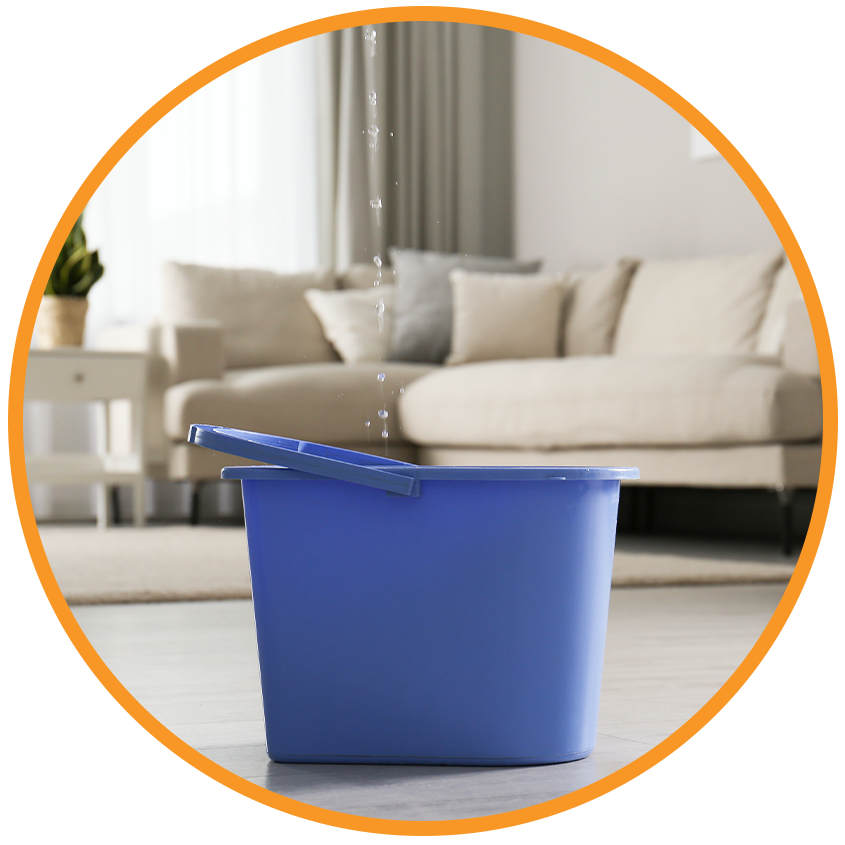Mar 19, 2025
Mastering the Art of Water Damage Recovery: A Comprehensive Guide

Mastering the Art of Water Damage Recovery: A Comprehensive Guide
Water damage can wreak havoc on your property, turning your sanctuary into a battlefield. Understanding the ins and outs of water damage recovery is essential not only for restoring your space but also for safeguarding against future mishaps. This guide will walk you through the crucial stages of water damage recovery, ensuring you’re well-prepared to tackle any water-related challenge. For effective water damage recovery, it’s important to prioritize
in the process.
The First Steps of Water Damage Recovery
Water damage recovery begins the moment disaster strikes. Quick intervention is vital to minimize losses and facilitate an efficient recovery process. Here’s how to get started:
Evaluating and Documenting the Damage
Before jumping into recovery efforts, take a moment to assess the situation. Make sure to consult with professionals who specialize i
for the best results.
- Identify the Source: Determine where the water is coming from, such as a burst pipe, rising floodwaters, or appliance malfunction.
- Document Everything: Use your phone or camera to take clear pictures of the damage for your insurance claim. Create a detailed list of affected items for reference.
Calling in the Experts
Once you’ve gathered your information, it’s time to reach out to professionals specializing in water damage recovery. Their expertise can make a substantial difference:
- Certified Technicians: Trained professionals are equipped with the tools and knowledge needed for effective recovery.
- Quick Response Teams: Many companies have emergency crews ready to respond, ensuring help is on the way as soon as possible.
Crucial Techniques in Water Damage Recovery
The water damage recovery process involves several key techniques that play significant roles in restoring your property. Understanding
can help you during emergencies and speed up recovery.
Efficient Water Extraction
An essential step in any water damage recovery is swift water extraction. Technicians use advanced equipment to:
- Remove Standing Water: Utilizing pumps and vacuums, they clear areas of excess water, reducing the risk of long-term damage.
- Prevent Mold Growth: Swift removal of water is crucial to stave off mold and mildew.
Comprehensive Drying and Dehumidification
After extraction, thorough drying is key to a successful recovery:
- High-Velocity Fans: These devices circulate air to dry out structures and furnishings efficiently.
- Industrial Dehumidifiers: These machines help eliminate moisture from the air, creating an environment inhospitable to mold.
Cleaning and Disinfecting Affected Areas
Cleaning is a vital part of the water damage recovery process to ensure a safe environment:
- Biocide Treatment: Professionals will often use appropriate disinfectants to eliminate harmful pathogens brought in by the water.
- Surface Cleaning: Regular cleaning measures, including scrubbing surfaces, will help prepare your property for the final touch-ups.
Restoration and Repair: Bringing Your Home Back to Life
After the essential steps of water damage recovery have been completed, it’s time to focus on restoration.
Repairing Structural Elements
Restoration often includes addressing structural damage caused by water intrusion:
- Drywall Replacement: Damaged drywall may need to be removed and replaced to restore your home’s integrity.
- Flooring Solutions: Depending on the type of flooring affected, you might need to remove, replace, or repair materials.
Refinishing and Aesthetic Restoration
Once structural repairs are underway, the finishing touches are what truly bring a home back to life:
- Painting: Fresh paint not only helps conceal any repairs but revitalizes the look of your home.
- Fixture Replacement: Ensure cabinets, baseboards, and other aesthetic features are addressed, enhancing your home’s beauty.
Proactive Maintenance and Future Protection
The final phase should focus on preventing future water damage:
- Regular Checkups: Schedule periodic inspections of plumbing and roofs to catch issues before they escalate.
- Improve Drainage: Ensure your property has proper drainage systems to divert water away from your home.
FAQ: Common Questions About Water Damage Recovery
Q: How long does the entire water damage recovery process take?
A: The duration can vary depending on the extent of the damage, but immediate response can often lead to restoration in just a few days.
Q: Can I handle water damage recovery on my own?
A: While minor issues can be managed, it’s generally recommended to enlist professionals for significant damage for safety and effectiveness.
Q: How can I prevent mold during water damage recovery?
A: Quick extraction, thorough drying, and proper cleaning are essential to prevent mold development.
Q: Is all water damage covered by insurance?
A: Coverage can depend on your policy. Water damage from specific sources may be covered, while others may not. Always check with your insurance provider.
Q: What should I do if I notice a mold problem after recovery?
A: Address mold issues immediately by consulting a mold remediation professional to eliminate health risks.
In conclusion, understanding the water damage recovery process not only helps you respond effectively when disaster strikes but also empowers you to take preventive measures to protect your home. Quick action, the expertise of professionals, and proactive maintenance can ensure that you overcome the
More Details